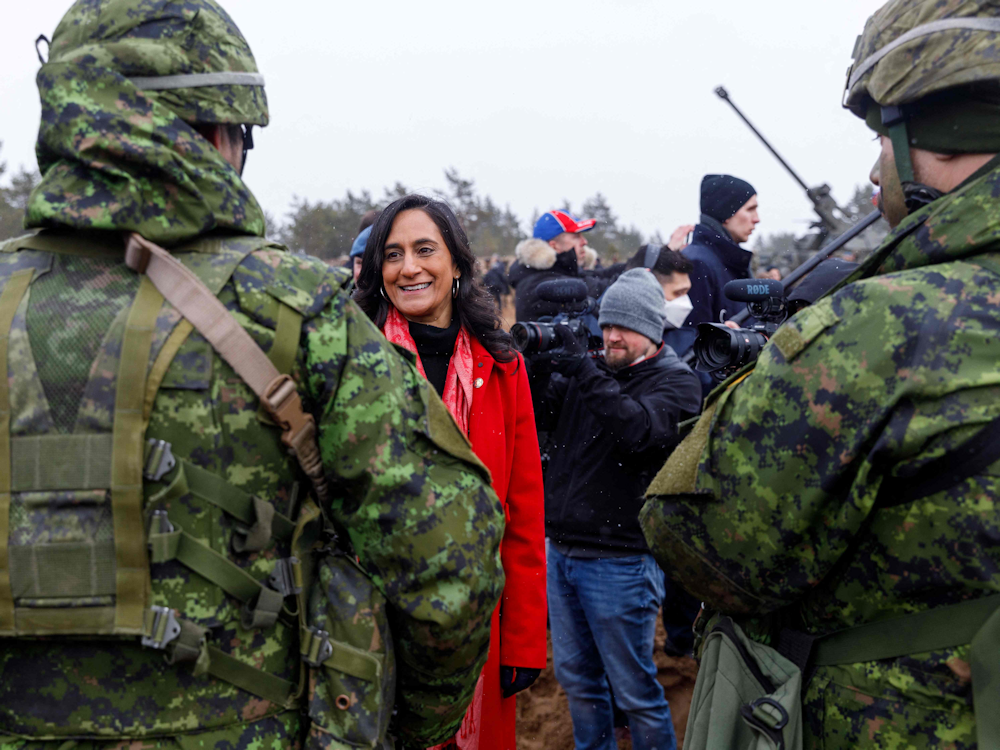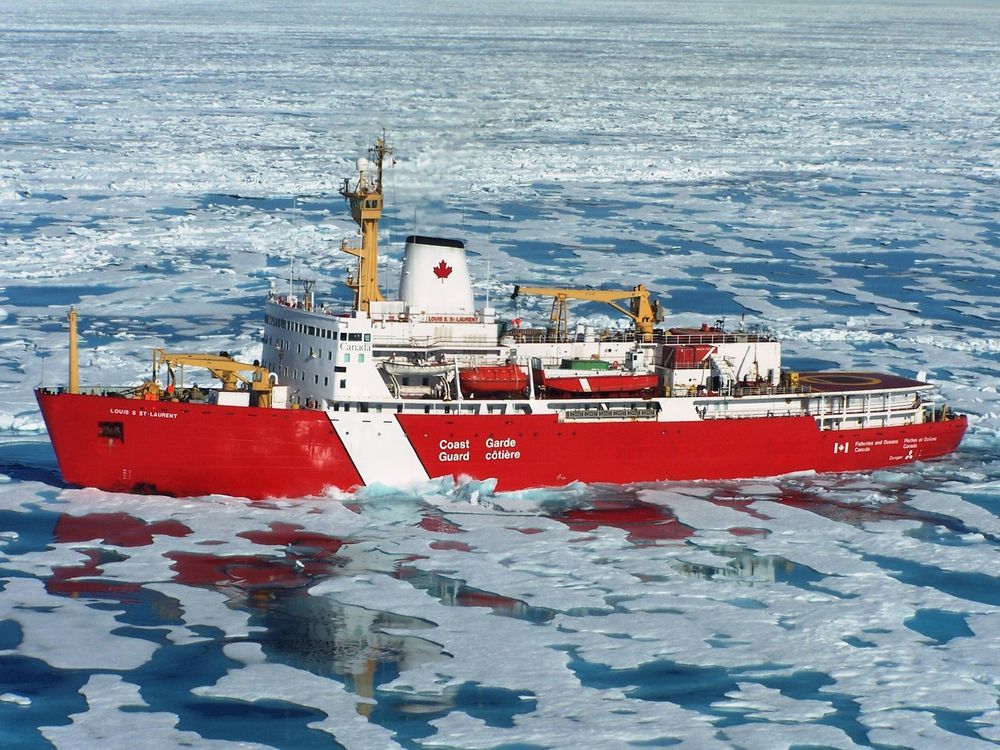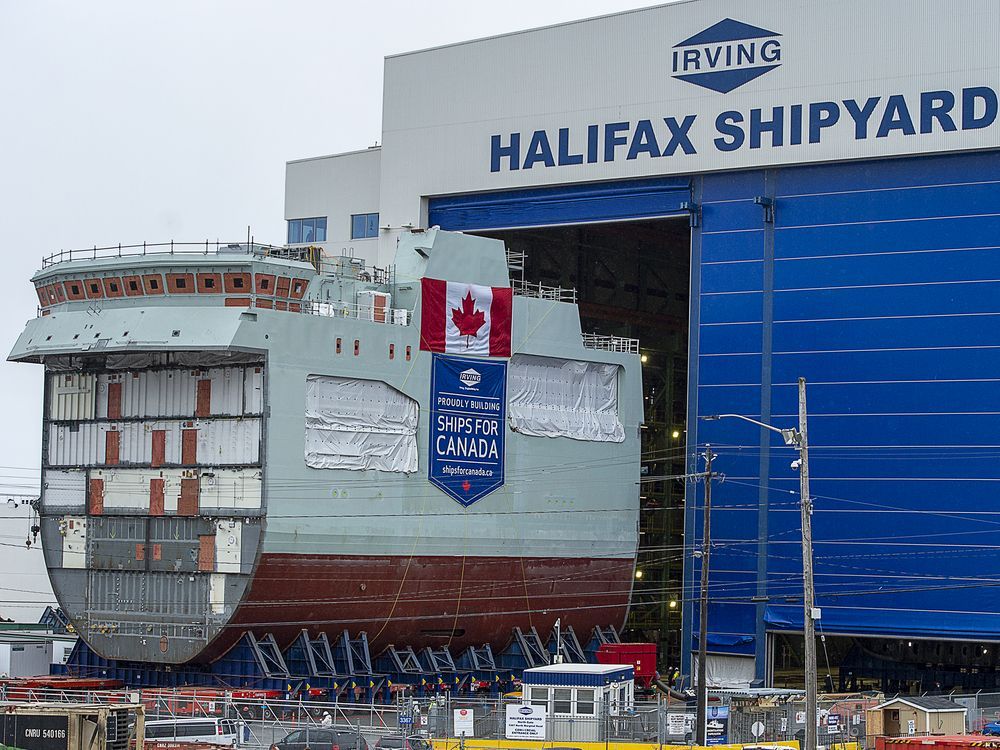I get the logic for retaining OTSTs for defensive (eg counterfire/Urgent Attack) purposes (I don't agree with it per se, or at least not for a design where you are looking for service out of it for the next 30-40 years-I think the logic for their employment is reflective of a way that most enemy submarines don't operate anymore, and like what happened to blooming chaff launchers, I think we've got about 10-15 years before they've been completely eclipsed and outdated by technology). But I get it; SVTTs are cheap and well known.
But he talked instead of helicopters. So the only thing I can correlate that with is OTST for offensive weapons; might as well go with mortars and depth charges, Pk probably ends up about the same.
I go to sea and when I come back I'm greeted with this!

Let me be clear. I never said in any post that SVTTs were to be used for offensive operations.
I stated (rewording here) that due to Carrier helicopters the UK doctrine is different, thus no SVTT's 0n the type 26. The UK ASW doctrine has three tools Canada does not have. Nuclear submarines, Carriers, and numbers of hulls (the last two lead to more helicopters available).
I'm know many of us are aware of how this works already, but there are lots of people who might not know some of this stuff so I'll explain more (at the risk of sounding like a lecture).
A UK Carrier TG can rely on its attached submarine to clear enemy submarines and uses its Helicopters for 24/7 multi-axis/zone surveillance of the area. Having one/two helicopters in the air 24/7 allows the helos to sufficiently screen the TG. The combination of multiple helos's on multiple ships along with the CV allows for this. The RN will use submarines and helicopters entirely for their ASW prosecution/defense. Their plan is to not let the subs get close enough to take a shot at the HVU, thus no SVTTs.
Canada will not have as many helicopters in their TG and likely no submarine support. The RCN TG doctrinally is 5 ships (four warships and one AOR) and 6 ASW helicopters. You can only do sensing along one axis 24/7 with those helicopters in rotation assuming availability doesn't drop in the aircraft. You don't have an SN clearing of enemy subs, and you generally don't have multiple helicopters in the air watching more axis at the same time. Which means there is a higher chance of a CSC having to dodge torpedoes (vs Type 26), as a sub sneaks into firing range, thus SVTT.
As such the RCN wanted SVTT's to help with defensive torp operations given the sensing constraints. There are not as many layers to defend the HVU as in the UK situation.
Speculation:
Other potential reasons for the difference is the the UK doesn't put much stock in how effective SVTT's might be and future proofing. Canada is investing in
Anti-Torpedo Torpedo development and if/when that development reaches maturity it will likely replace the SVTT's. In the meantime go with what you know.
I don't know whether these are good decisions or not, but that's a thumbnail sketch of the reasoning and doctrinal differences I was alluding to.
Hope that clears things up!





